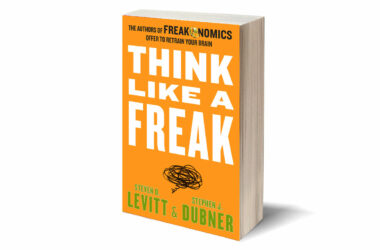This year is the year of virtual reality. All the headsets launching this year is creating a lot of excitement, but given the price points and the 1.0-nature of these launches, I’m not quite ready to jump in. Instead, I participated in the Year of VR by reading a bunch of sci-fi novels on what a future can look like when everyone is jacked in.
I had previously enjoyed Snow Crash, the classic Neal Stephenson novel about virtual worlds and the society and culture that builds on top of the technology. Ready Player One is another oft-cited classic about virtual reality, and I went into it expecting a less heavy/serious take on how people would interact in a cybernetic space. I was also interested to see how the story would incorporate lessons learned from the internet experiments of the 2000s, everything from Second Life to EVE Online to network security advances to smartphones.
I guess I’m disappointed that the book didn’t quite turn out to hit those points. In fact, the author goes out of his way to date itself to the 80s, and makes a ton of references — both for the sake of the plot but also as cameos — to games and movies and music of that era. I suppose some people are looking for that kind of pop culture reference, but I found it to be too heavy on the name-dropping and mostly cheap nostalgia. It’ll be harder for later generations to relate.
The writing itself is also less polished, and I suspect that’s both a function of the author’s style as well as keeping in first-person character with the teenage protagonist of the story. It’s just less impressive than the sci-fi novels that I like to read, where the mixture of actual science (extrapolated to the future, sure), character development, plot devices and writing style are all generally more mature. It’s the same reason I never got into the Harry Potter series.
As to the actual virtual reality aspects, they’re utterly fantastical, and makes the book feel more like a fantasy novel than a sci-fi one. The rules of Ready Player One’s virtual world seem to be set up arbitrarily, and new ones keep on getting introduced right before they’re utilized. It makes for a “you’re making this up as you go along” feel, compared to the payoff of setting up the world’s structure beforehand and then advancing the story with those constraints. For instance, Seveneves does a great job of making sure orbital mechanics are used throughout its storylines1.
In any case, virtual reality in 2016 will be a far cry what has been written about the potential of VR in the past 2-3 decades. No doubt someone will try to recreate Second Life or Playstation Home, but I suspect it won’t approach the likes of Ready Player One or Snow Crash within our lifetimes. Probably for the better.
I admit that I may just be a bigger fan of Neal Stephenson’s works in general.↩




